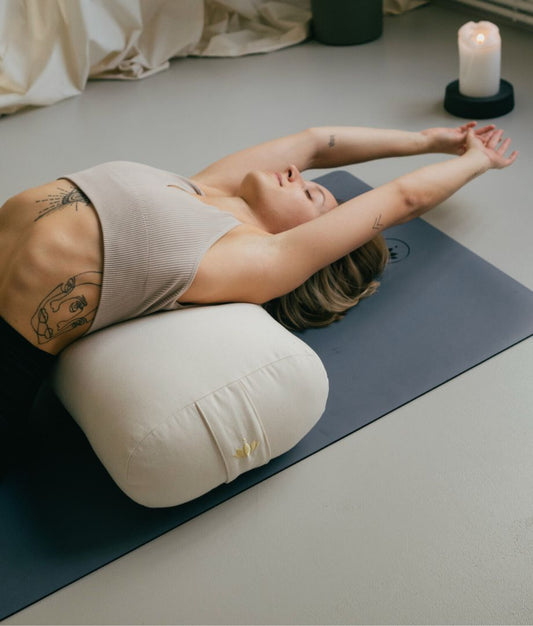
Set-Offers
Save when you buy a set
Shopping cart
Your shopping basket is empty
Yoga
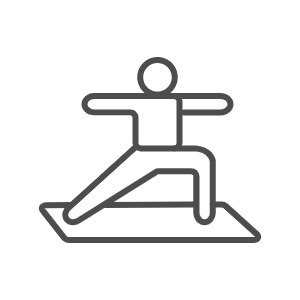
Meditation
Yoga Sets
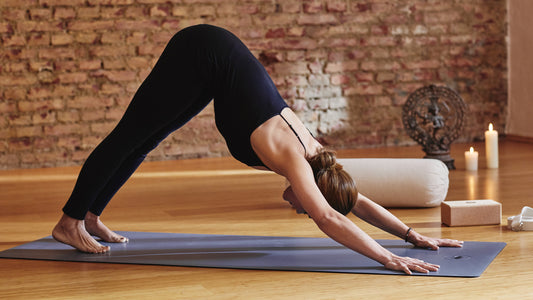
| Anfänger/innen
Yoga is an ancient practice that has been really booming here for a number of years. No wonder, since many people have now discovered that in an increasingly hectic world, the exercises for body and mind are a great way to just switch off.
Perhaps you too have toyed with the idea of giving the yoga mat a chance. If you are still unsure how to get started, read on: we will explain the sun salutation and many other yoga exercises for beginners step by step and with pictures! Best of all, you can easily try each one of them at home !
Yoga is a meditation technique combined with physical exercises called asanas . The more regularly you do yoga, the faster you will feel the positive effect: You will become calmer, you will not be stressed so quickly and you will also feel better physically, because the asanas gently strengthen your cardiovascular system, your musculoskeletal system and that Immune system.
Through the strength and breathing exercises , you automatically build muscle and detoxify your body . Depending on the style, yoga can be an effective cardio or strength workout—but that's ultimately just a handy side benefit. Yoga is not a competition or a pure workout. Rather, it is about building more awareness of yourself and others and loving yourself.
So forget perfection and competition on the mat. Just pay attention to how your body and mind are doing. Ready? Then you can start!
In YouTube tutorials you can often see perfectly trained yogis and yoginis in chic outfits on the mat demonstrating that their bodies seem to know no limits. Don't let that intimidate you: these people have years of practice. You don't have to do everything right away , and you don't need expensive equipment either.
A yoga mat or other soft, non-slip surface is of course useful as it makes the asanas more comfortable. A yoga cushion , block or bolster can also help, but are not a must. Ultimately, all you need is comfortable, not too baggy clothing that you can move in easily. What you don't need are socks, because barefoot there is no risk of slipping.
Create a pleasant atmosphere . Maybe you can relax especially well with quiet music, but maybe also with candlelight. Use whatever helps you switch off. This includes breathing, by the way: Breathe in when you stretch and breathe out when you bend. In this way, a particularly large amount of air gets into the body. Just let your breathing guide you , this usually makes your movements much more fluid on their own.
There are many styles of yoga and many more yoga poses. Getting started with “classics” is absolutely worth it, because it gives you a feeling for your body and yoga practice in general. One of these typical exercises is the sun salutation. We present these asanas and other stretching, strength, resting and finishing poses here.

The sun salutation is a sequence of movements (flow) that strengthens the middle of the body and can be varied depending on the style. Basically, the sun salutation proceeds as follows:
You can repeat this process as often as you like until you feel sufficiently warmed up and have developed an awareness of your breathing .
Many yoga asanas are about stretching the body to make it freer and more open. This works, for example, with the following exercises:
Here you can vary between small and large cobra. The small cobra is part of the sun salutation (step 6), with the large cobra you also lift the pelvis off the ground so that you support yourself completely on your arms and feel the energy, the prana, in you.
From a standing position, raise your arms overhead on an inhale and bend your knees on an exhale as your torso folds forward and approaches your thighs. You fold your forearms, you can gently rock back and forth and slowly stretch your legs. After a few deep breaths, inhale and roll back up, vertebra by vertebra. This stretches the entire back of the body.
Even if asanas often look child's play, you need a little strength for some of them. Consciously perceive the effort and relieve your muscles by breathing calmly. Your body can do more than you think!
From the four-legged stand, you stretch your legs back one after the other so that you come into the push-up position. There should be a straight line between your head and your feet, so keep your abs tight. Hold this position for 4-5 breaths and then lower your knees back down slowly and under control.

In the prone position, your arms and legs are stretched out. The arms can be alongside the body or stretched out in front. As you inhale, raise your limbs, straighten them, and hold the body tension for a few breaths. As you exhale, slowly lower yourself back down.
Between strenuous poses, you can also incorporate recovery phases into your yoga. They often fit naturally into the flow.
You kneel on the mat and slowly lean your upper body forward. The arms can either lie next to the body or you can stretch them out in front. Assume the posture that is comfortable.
For beginners, this inverted V pose (see Sun Salutation step 8) is often strenuous. However, the longer you practice yoga, the more you will appreciate this position of stillness.
A yoga session should never be interrupted abruptly . No matter how long or short your practice, take at least a few breaths to gently end the practice.
You lie on your back with your spine resting on a folded blanket. (The position can also be done without the blanket, but for beginners the slight elevation makes the exercise more relaxing.) Your soles are together, your arms are relaxed next to your body. You breathe deeply and open your chest.
With this classic final asana, you leave the yoga session calm and relaxed. You lie on your back with your arms and legs stretched out beside your body. Relax every muscle and breathe deeply.

As you can see, yoga isn't magic and certainly doesn't require years of practice . But you will quickly notice how flexible you actually are! Now all you have to do is find your personal style.
Don't worry: you won't find your "own" yoga straight away. Just try out which style makes you feel best. The following list is just a small selection.
This is the style that we automatically have in mind when we hear the word yoga. Body-focused asanas, gentle movements, and a balance of activity and rest make hatha yoga ideal for beginners.
Relaxation is the focus here. The asanas are sometimes held for up to 10 minutes. Particularly active types may find the style rather boring.
In this style, physical exercises are combined with spiritual elements or chants. So if you also want to explore your mind, this could be your style. But to be on the safe side, let a professional guide you here, because otherwise you can quickly injure yourself with poses like the headstand.
The endocrine glands are stimulated by targeted breathing and certain movements. This style can work wonders, especially for women going through the menopause or with menstrual cramps.
If you like to work up a sweat, this might be your style. Fit beginners can test the limits of their body with Power Yoga.
In principle, there is nothing wrong with doing yoga every day - but we recommend that you listen to your body at the beginning and not overestimate yourself.
Depending on how active you usually are, you may get some sore muscles in one place or another after the first yoga sessions. Then please remember to give your body the time it needs to regenerate and stick to a more relaxed flow or take a day off.
When you are at the beginning of your yoga journey, you should not get too caught up in rules, rigid poses, etc. Just pay attention to your body's signals - and also to your daily condition . Because on some days you feel invincibly strong, but on others you also feel powerless, and there is a suitable yoga for every emotional state.
You don't have to overdo anything with yoga. Forget the motto "a lot helps a lot". As a beginner, 20-90 minutes is enough, two to three times a week. Consciously take time for yourself and discover the many positive effects of this practice. Anyone can do yoga, I promise.
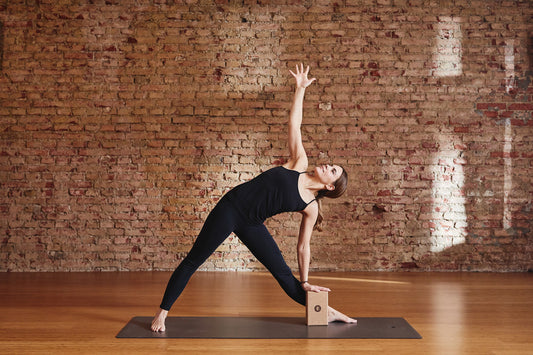
Downward dog, cobra, warrior - even if you haven't delved into yoga before, you probably know these asana names. But with all the different yoga s...
Continue reading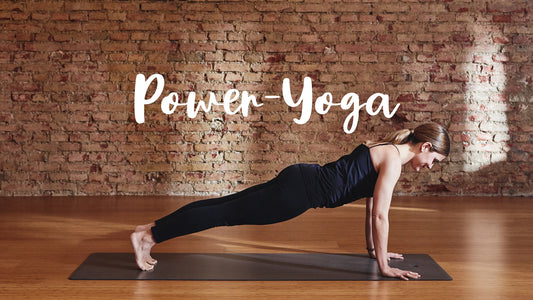
Power Yoga is a term that is often used for many types of yoga courses: Power Vinyasa Yoga, Core Power Yoga and Co. say hello. Here you can read ev...
Continue reading
There are no comments yet. Be the first to leave a comment!